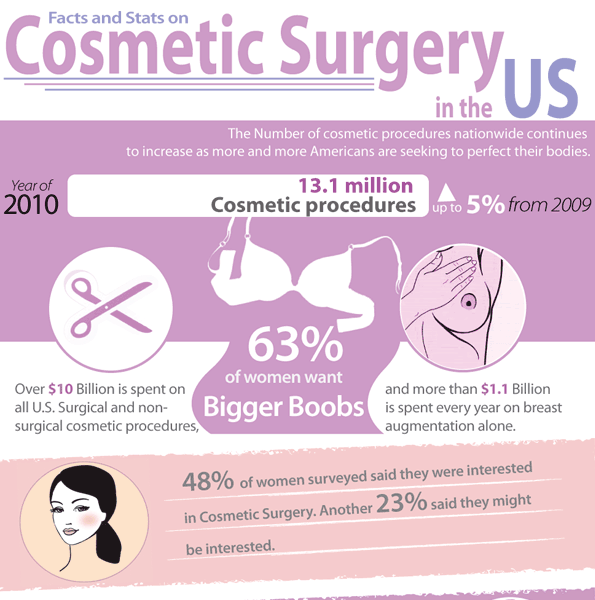Acne outbreaks in the cheek area are set off by many points, from touching your face often to not transforming your pillow case frequently sufficient. Picking at acnes increases your threat of infection and scarring, and specific drugs can aggravate dark spots (postinflammatory hyperpigmentation).
Luckily, there are several means to stop and deal with cheek acne. These consist of:
1. Hormone Modifications
Acne is mainly triggered by hormonal agents, particularly those created throughout adolescence and pregnancy. For some, a family history of acne may likewise contribute to their condition. Anything that clogs pores, such as oil-based skin care products or waxy hair items, can cause acne. Numerous topical therapies, like benzoyl peroxide and salicylic acid, can battle germs and unclog pores. Those with serious or chronic acne ought to seek therapy from their medical professional.
Stay clear of touching or pressing your acne, as this can push some of the bacteria deeper into the skin, bring about an extra extreme outbreak. It is likewise essential to change pillowcases regularly and use tidy make-up brushes. You must likewise try to avoid toxic irritants such as rubbing from using a helmet or tight collar.
2. Diet
The oily, sweet foods that lots of people think trigger acne may in fact refrain so. As a matter of fact, research studies have revealed that consuming a diet plan rich in entire, nutrient-dense foods aids to avoid breakouts.
Foods high in the glycemic index (such as white bread, corn flakes, blew rice and potatoes, doughnuts and various other pastries) raise blood sugar degrees swiftly, and this can enhance hormones that enhance oil manufacturing and result in acne.
Drinking cow's milk has actually likewise been linked to raised acne outbreaks. If you are a routine cow's milk drinker, you could wish to try changing to low-fat or nondairy options that are fortified with calcium. In addition, consuming alcohol more water can help to lower acne since it helps to maintain the skin hydrated.
3. Excess Oil
While oil is necessary for healthy skin, it can come to be a trouble when excessive sebum mixes with dead skin cells and obstructs pores. This combination can develop blackheads, whiteheads and acnes. The clogged pore wall surface can break down and spill germs, dead skin cells and sebum into bordering skin. This leads to a red bump known as an acne. In some cases these red bumps have pus in the facility from a microbial infection. Larger contaminated bumps that look like acne are called cysts.
There are several points that can cause excess sebum and clogged up pores, including hormone changes, diet and day-to-day routines. Some examples consist of touching the face frequently, relaxing your hand on your cheek, using unclean makeup brushes and not transforming pillowcases regularly.
4. Anxiety
If you're handling pain pimples or a variety of blackheads and whiteheads, it may be time to talk to a skin specialist. They can recommend an efficient treatment that fits your skin type. Exercising leisure and stress-reduction methods additionally assists.
Acne can take place in the cheeks because of rubbing and pressure, such as when an individual touches their face often or puts on a hat or sports helmet that massages against the skin. It can additionally appear where oily cosmetics and creams scrub versus the skin.
Avoid pressing acne, as this can push infected product deeper into the skin and bring about scarring. Instead, see a medical professional to learn about preventative therapies like drug, skin care items and lifestyle modifications. Consuming a healthy diet regimen of whole foods, obtaining 7 to nine hours of rest and using noncomedogenic makeup and skin care products can all help in reducing acne outbreaks.
5. Hair Products
Hair products are not usually thought of as a reason for outbreaks, but they can add to acne on the cheeks in some individuals. Pomade acne, which is characterized by tiny closed comedones and papulopustules, is typically brought on by the use of oily hair products which contain comedogenic ingredients such as specific oils and acetylated lanolin.
Picking hair products that don't consist of these possibly comedogenic ingredients is microdermabrasion a crucial action toward reducing outbreaks. Also, guaranteeing that hair items aren't can be found in contact with the skin can help stop outbreaks. For example, using a headscarf or hood at night can limit hair-to-face call and reduce the possibility that leave-in hair items will certainly abrade onto the face.
In addition to utilizing a non-comedogenic cream and cleaning with an acne face wash, other practical approaches include:
